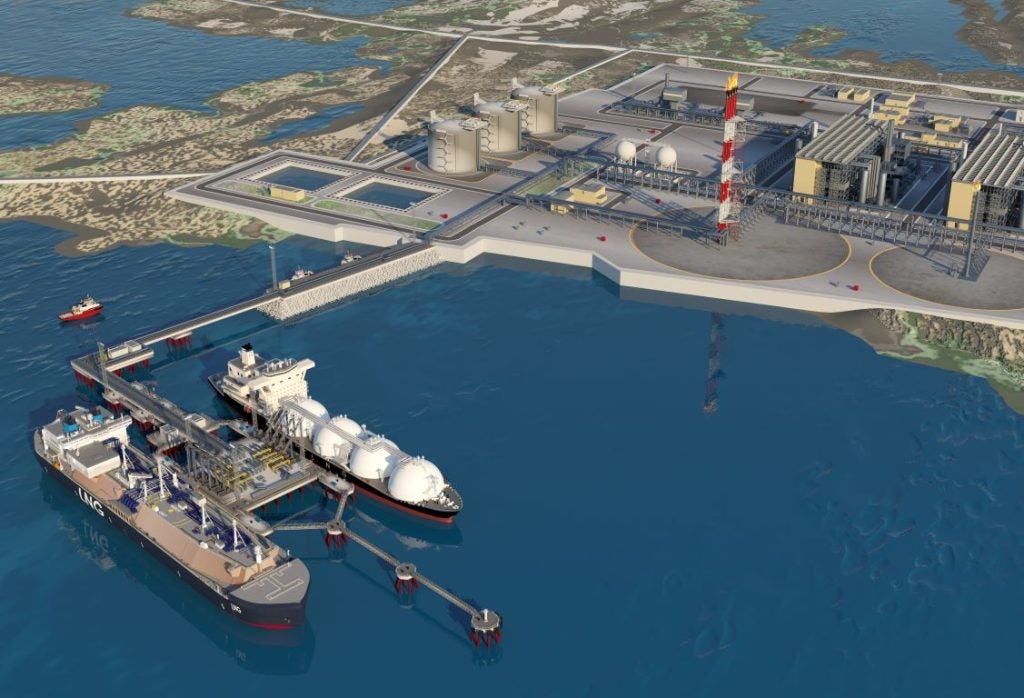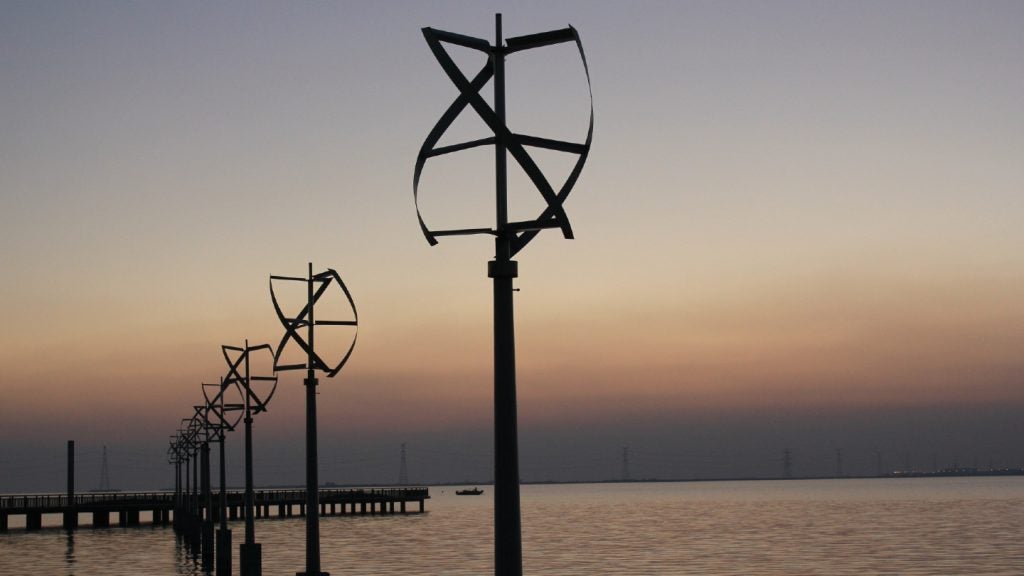
In new research conducted by Offshore Renewable Energy (ORE) Catapult, a UK-based research centre for offshore renewable energy, it found that by 2050, the global robotics market in the energy sector will be worth £8.4m.
A decline in production will see the oil and gas market’s robotics peak at £5bn in 2030 but will reduce to £3.3bn by 2050.
Meanwhile, wind energy, whether it is onshore or offshore, is expected to open up a new robotics frontier that will be valued at £1.3bn by 2030, increasing to £3.5bn by 2050 according to the findings.
Accelerating the development of robotics and autonomous systems (RAS) will be a significant enabler to reaching net-zero, says ORE Catapult.
Gavin Smart, head of analysis & insights at ORE Catapult, said: “The growth of the global energy market presents a remarkable opportunity for robotics and autonomous systems. This is not only the case in offshore renewables, a sector that continues to grow at pace, but also in oil and gas in the short to medium term”.
The UK is targeting a seven-fold increase in offshore wind capacity by 2050, and with its growth comes the need for more operations and maintenance (O&M) activity. With windfarms set to be in deeper, more remote, and often challenging waters, securing safe access for workers will be a significant industry challenge.
How well do you really know your competitors?
Access the most comprehensive Company Profiles on the market, powered by GlobalData. Save hours of research. Gain competitive edge.

Thank you!
Your download email will arrive shortly
Not ready to buy yet? Download a free sample
We are confident about the unique quality of our Company Profiles. However, we want you to make the most beneficial decision for your business, so we offer a free sample that you can download by submitting the below form
By GlobalDataAccelerating and investing in the development of RAS will also mitigate the risk and means robots will handle not only routine maintenance tasks, but also improve pre-emptive maintenance that will extend the life of components and turbines at sea, supporting the industry’s waste reduction drive.
The UK offshore wind O&M market for robotics is set to double in size, and the export potential is even greater, set for staggering growth of 410%, increasing from £235m in 2030 to £1.2bn in 2050.
However, the expansion of offshore wind is set to offset many of the oil and gas jobs set to be lost over the next 30 years, with RAS set to create 200,000 jobs across all UK sectors by 2038, according to PricewaterhouseCoopers.
Gavin added: “What is unique about the robotics market is the potential for cross-application technologies. It is likely that the solutions that will maximise performance, increase efficiency, and improve safety will be adapted to work across multiple industries – inside and outside energy.
“Cutting-edge research and development into robotic technologies for offshore wind is already taking place, right here in the UK. We are building a position as a pioneer and expert in this field, which opens up a multi-billion pound domestic and export market over the coming decades.”






